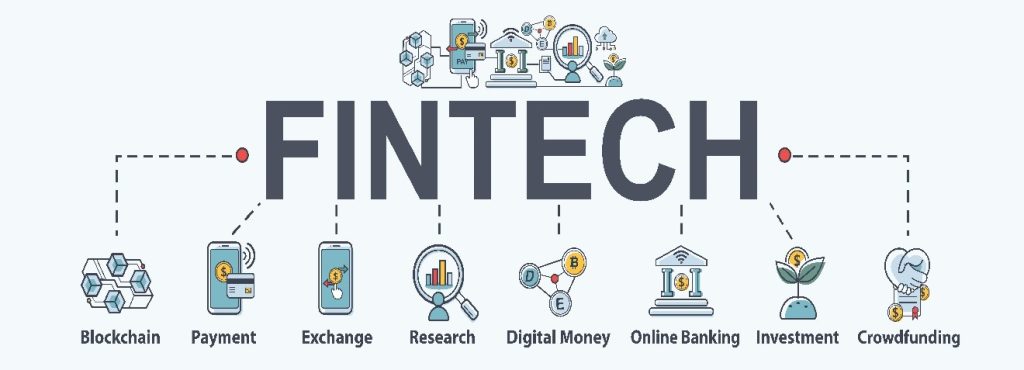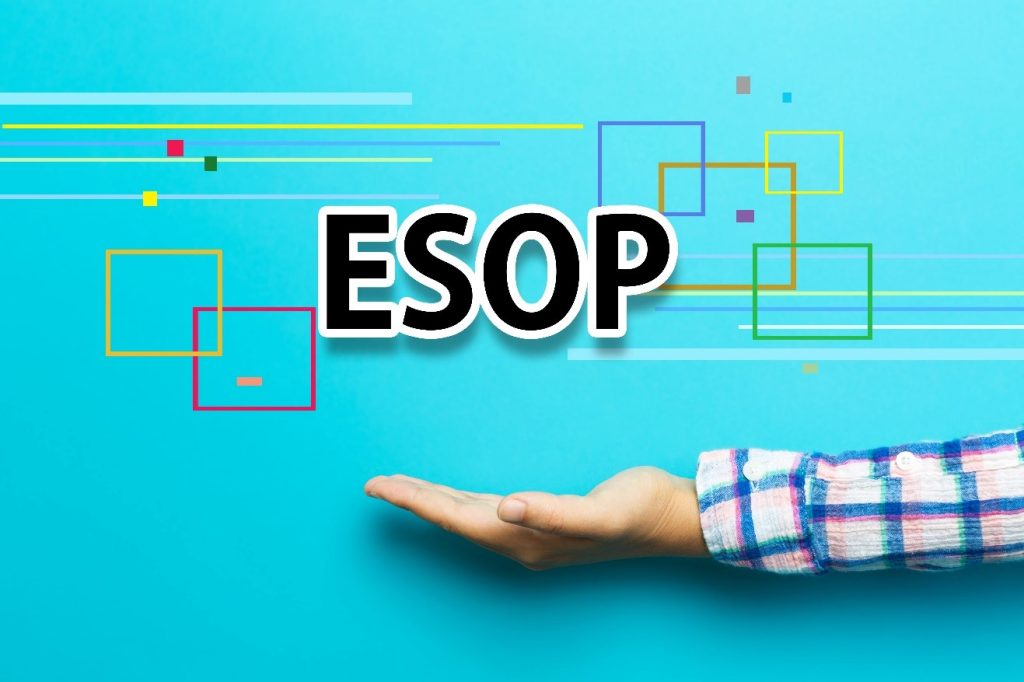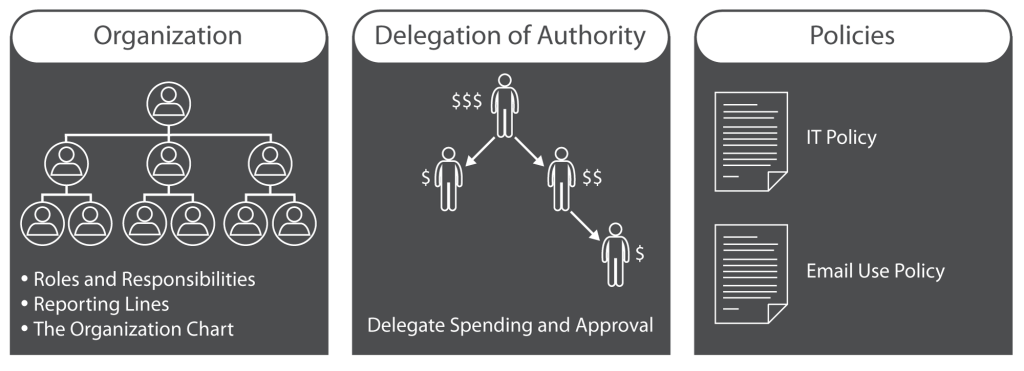
Saudi Arabia recently eliminated the cap for foreign strategic investors in shares of listed companies. The Kingdom eased its rules to increase international funding and diversify its investor base. This decision will allow foreign strategic investors to purchase controlling stakes in the nation’s economic sectors that surpass 49 percent. By 2030, their financial regulator expects the relaxed rules to raise foreign investment to ten percent of the nation’s GDP. International investors can purchase majority ownership in the country’s commercial lenders for the first time in almost 40 years.
The Capital Market Authority (CMA), based in Riyadh, adopted the Foreign Strategic Investors’ Ownership in Listed Companies instructions. According to the nation’s regulators, the new laws will increase their market’s attractiveness and efficiency. It will also expand Saudi Arabia’s institutional investor base. There will be no maximum or minimum limits placed on foreign investors concerning the ownership of listed companies.
According to the CMA, these steps align with the Kingdom’s Financial Sector Development Program objectives outlined in its Saudi 2030 vision program. The directive also adheres to its Financial Leadership Program, a strategic program launched by the nation. These instructions will go into effect on the date of their publication. Additionally, the CMA board amended the Rules of Qualified Foreign Financial Institutions Investment in Listed Securities (Subparagraph (a\2) of Article (14). They also changed paragraph (2) of Part (3) of the Guidance Note for the Investment of Non-Resident Foreigners in Parallel Markets.
In the 1970s, the Kingdom forced foreign lenders to sell majority stakes in local operations to Saudi residents. Currently, the largest foreign strategic investors in Saudi Arabia are HSBC Holding Plc, Credit Agricole SA, and the Royal Bank of Scotland Group Plc.
During a telephone interview, Bloomberg News spoke with the CMA Chairman Mohammed El-Kuwaiz. “Saudi Arabia, increasingly, is open for business, not just or local investors but for international investors,” the regulatory official said. “It is ironic, I would say, that Saudi is rapidly opening up and embracing the world in a period when the rest of the world seems to be closing down.”
Saudi Arabia started introducing market reforms four years ago to help attract international investment and issuers. The Kingdom’s stock market remains one of the largest in the Middle East and Africa. According to data collected by Bloomberg News, the exchange has a capitalization of $540 billion.
In 2019, the Saudi Stock Exchange has seen an expansion of its international cash flow. The number of qualified foreign investors (QFI) in emerging market indicators rose from 453 QFIs to 1,195 in June 2019. This data represents a 163.7 percent increase. Additionally, the ownership percentage of QFIs in the Saudi Capital Market has skyrocketed from 4.7 percent in January 2019 to 7 percent. QFIs have made investments and purchases worth 51.2 billion riyals ($13.6 billion) by May 2019, and now own 6.6 percent of the nation’s equities.
Although the CMA has relaxed the 49 percent cap on foreign strategic ownership in publicly traded companies, other rules and limitations still apply. For example, industry authorities will need to approve deals that surpass the thresholds in different sectors such as petrochemicals and banking.
Chairman El-Kuwaiz said that the Authority has seen a huge request for investment from non-financial foreign investors. The CMA decided to grant approval on an exceptional basis to this select strategic foreign investor group. Non-financial foreign investors can now invest in Saudi Arabia’s listed company holdings.
According to the Capital Market Authority, qualified foreign investors (QFI) are individuals or companies that can invest in securities listed on the Saudi Stock Exchange in accordance with its rules. These laws regulate how foreign financial institutions invest in the Saudi Stock Exchange listed securities (including equities, debt instruments, and funds).
To qualify as a QFI, an applicant must be a financial institution that has a legal personality that falls into one of the six categories. QFIs must be either banks, brokerage or securities firms, insurance companies, government or related entity, investment fund, or Authority-eligible financial institution. Additionally, the applicant must possess assets under management equating to a SAR 1,875,000,000 (one billion eight hundred and seventy-five million Saudi Riyals), an equivalent amount, or more.
Additionally, the financial institutions must be licensed or monitored by jurisdictions who have standards equal to the CMA’s. The agency must provide an Authorized Persons (AP) who have a dealing or custody licenses in jurisdictions that apply regulatory and monitoring standards equal to the CMA, or pursuant to its Financial Action Task Force (FATF). Newly established financial institutions can submit applications to qualify as QFIs however, they must meet the nation’s minimum assets under management requirement.
Assets under management include those owned by the applicant or its group for investment purposes or owned by foreign portfolio managers or its group. An applicant (or account for another person related to the financial institution) can manage this account. These include assets owned by a foreign portfolio manager or their group for the account of another person or people.
The Kingdom requires strategic investors who buy stakes in a listed company to hold their investments for 24 months before they can sell them. This period doesn’t apply to those who already hold shares in listed companies unless they purchase more. The two-year rule will apply to the new shares.
For a full list of rules, please read the Capital Market Authority’s “Frequently Asked Questions on the Rules for Qualified Foreign Financial Institutions Investment in Listed Securities.”
Are you a foreign investor seeking to invest in Saudi Arabia’s growing economy? Trust the Hammad & Al-Mehdar Law Firm to handle your legal affairs. We are an industry giant with more than 35 years of legal experience. In 2018, the Islamic Finance News named us the Best Law Firm in the category of Mergers and Acquisitions. Our team has veteran attorneys that specialize in international civil law and common law. We can help you in our nation’s sectors, including private equity and venture capital. We also hold alliances with several international law firms. You can trust our attorneys to handle your legal needs. Contact us today for more details.








